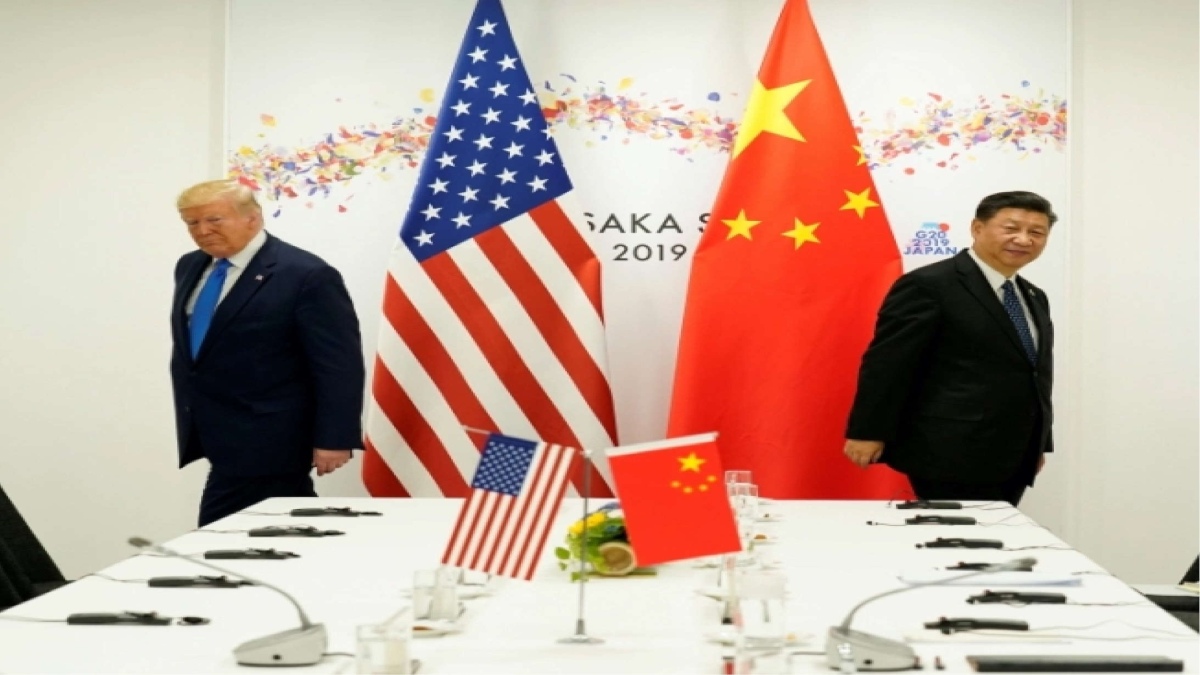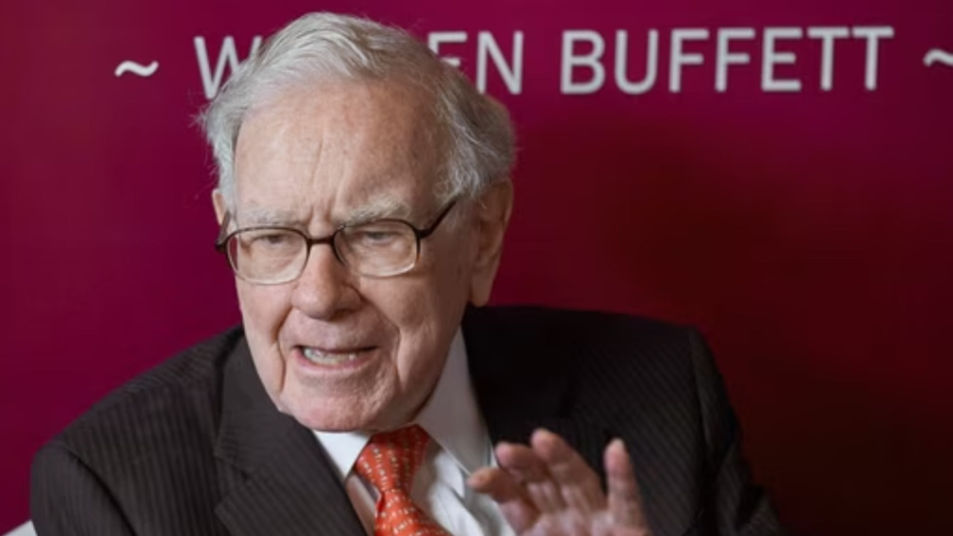
The global pandemic, on the heels of a bruising trade war and national security concerns over Huawei, has given new fuel to the US-China decoupling argument. The concentration of medical equipment and supplies manufacturing, in desperate need across the world, has brought this clamoring to a fevered pitch. But a truly decoupled relationship will further complicate our ability to address many of the world’s most daunting and vexing challenges, from climate change, coordinating efforts for the current and next pandemic, and ensuring security. And the economic costs would be significant for the US. We found in our recent econometric analysis of data till January 2020 that the US exports lose about 1.6 times more than Chinese exports, for every percent point increase in tariff rates.
There are many legitimate grievances among US businesses, workers, and others on China’s trade and domestic economic policies. And moves towards decoupling have taken root on both sides, beginning with China’s Great Firewall. China has transgressed on a number of fronts: Intellectual property and trade secret theft, industrial subsidies, limited market access in certain sectors, and the overlapping, entangled relationships between major corporations and the Communist Party. Many of these issues stem from China’s model of growth, where factors of production are directly or indirectly controlled by the state.
First, the economic pain will be felt by US households and businesses alike. China is the source of more than $400 billion in global intermediate goods and $452 billion in goods sold to the US. This has become acutely apparent during the current crisis and high concentration of personal protection equipment and pharmaceuticals, both medicines and ingredients, manufactured in China.
Many of the goods produced in China have few substitutes, and for many households, demand for these goods is weakly responsive to prices. Estimates over the past year have shown that the long-term effect of US tariffs on Chinese goods will cost households between $800 and $1,000 per year.
It’s true that many foreign companies are re-evaluating their exposure to China. Few locations around the world even now can compete with the manufacturing base and infrastructure of China, even with rising wages. For those not invested in access to the domestic market, diversifying production for many has become an imminent and pressing objective. This was made all the more necessary by a bruising (and still ongoing) trade war and the economic shutdown due to the coronavirus. But diversification is not the same as decoupling, the latter being a complete or significant severing of economic ties.
Second, punitive measures seldom work in inducing better behavior. Decoupling would be fostered through sustaining elevated tariffs indefinitely. The primary tools in the arsenal of US trade policy are tariffs, export controls, import controls, and non-tariff barriers. The Trump Administration has relied heavily on all these tools to force a wedge in US-China economic relations. Tariffs and retaliatory tariffs have cut into these trade flows. US exports to China fell nearly 20% in constant dollar terms from 2017 to 2019, and 9% from 2018 to 2019. For many US manufacturers and commodities producers, China is the major source of demand (soybean farmers alone in 2017 exported the equivalent of one third of their output to China).
Previously, we had predicted a trillion dollar loss over ten years from the sustained upholding of these tariffs, as covered in global media. Based on our analysis using a widely used global supply chain economic model named GTAP, the losses in GDP from the Covid-19 crisis could peak at $0.75 trillion in China and $1 trillion in the US, if the shutdown sustains for the rest of this year.
Using decoupling to separate/isolate China is ridden with weaknesses. China’s Belt and Road Initiative and soft power campaign will make it difficult for US allies to comply. China is already the second largest economy in the world and surging source of innovation. Instead, multilateral trade pacts—expressly anathema to the outgoing Trump Administration—have the best chance of encouraging better trade practices. A resurrected TPP (already in place as the CPTPP among the remaining 11 members) would carry enormous weight with the US behind it. Such a framework, rather than punishing China, would incentivize its leadership to reform from within to become part of a pact representing 40% of the global economy. We found, in our UNESCAP study, that such a strategy of trade liberalization, to benefit the world as a whole in the context of TPP among other deals. In an independent analysis we pursued for this article, using GTAP model, we observed that the US has a potential to reduce the exports from China by $3 billion, while boosting its GDP by $11 billion, if the US were to join TPP and signs TTIP now.
As we show in our recent analysis, irrespective of whether it is a ‘positive’ decoupling wherein many countries join hands together and reduce their tariffs mutually leaving out China, or ‘negative’ decoupling wherein many countries raise tariffs against China, with similar reciprocation from China, the world would still stay dependent deeply on China for the large part. With a positive decoupling, it is possible to slightly reduce such dependencies while strengthening the domestic capacities and trade among the other partners.
India is also no exception to this broad inference, though during Covid-19, India’s trade deficit with China has come down significantly—this is merely a short run fluctuation that may be reversed in the near future when the economies recover. Therefore, while we must continue our efforts to improve efficiencies and capacities domestically and forge partnerships globally, it is not necessarily a ‘good’ policy or an ‘easy’ exercise to explicitly decouple from China. Possibly, India can potentially enhance its investment climate and introduce market reforms so as to attract existing investments that may move away from China.
The Covid-19 virus has exposed many of the fault lines in relationship with China. Decoupling will do nothing to resolve these issues, to the detriment of the global economy.
Spencer Cohen, a Senior Fellow with Infinite Sum Modelling LLC, Seattle, USA, is a leading expert on Chinese and US regional economic and trade issues. Badri Narayanan is the founding director of Infinite Sum Modelling, Seattle and a senior economist with University of Washington Seattle.















